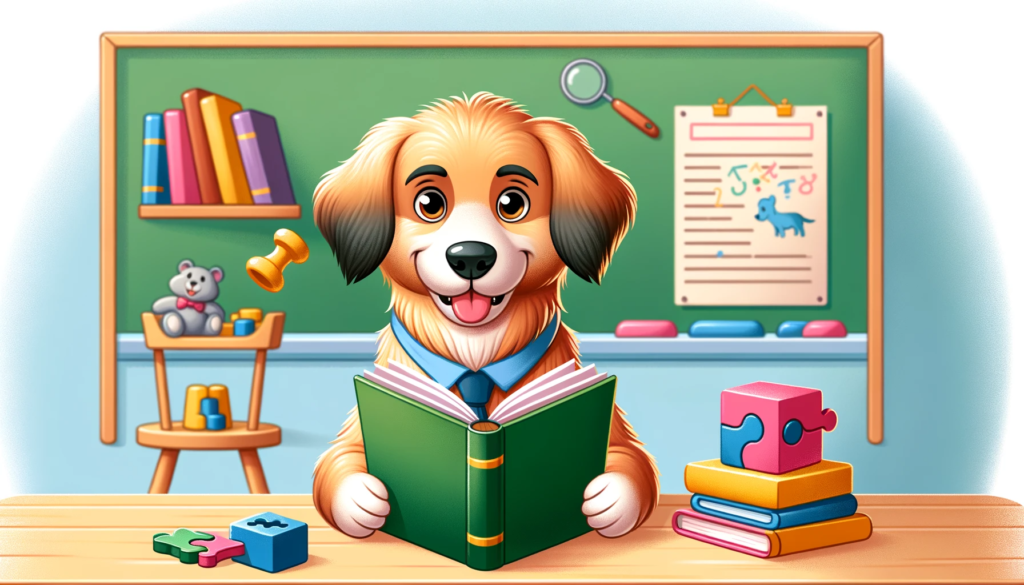
How Do Dogs Learn?
Dogs are constantly learning from their surroundings, interactions, and experiences. Their learning process is multifaceted, involving classical and operant conditioning, social and cognitive learning, as well as learning from mistakes.
Classical and Operant Conditioning in Dogs
Classical Conditioning: This is where dogs learn through association. It’s a reflexive or automatic type of learning where a dog connects two or more stimuli. A classic example is a dog getting excited by the sound of a leash, associating it with going for a walk.
Operant Conditioning: Here, dogs learn from the consequences of their actions. Positive reinforcement, like treats for obeying a command, is a widely accepted and humane method. It helps build a bond of trust and respect between the dog and the owner.
Social Learning and Cognitive Development
Social Learning: Dogs often learn by observing and imitating the behaviors of other dogs or humans. This type of learning is crucial in their early development stages.
Cognitive Learning: Problem-solving and critical thinking form the core of cognitive learning. Dogs can learn complex tasks like search and rescue through cognitive learning, showcasing their adaptability and intelligence.
Learning from Experience and Mistakes
Dogs learn by trial and error, understanding the links between actions and consequences. This adaptive learning helps them in both natural environments and human societies. Dogs also learn from their mistakes, improving their behavior over time.
How to Train Your Dog Effectively
Training your dog is not just about teaching them commands but also about understanding how they learn and adapting your methods accordingly.
Positive Reinforcement: A Key to Successful Training
Positive reinforcement is the most effective training method. Consistency in commands and rewards is crucial. Remember, each dog is unique, and what works for one might not work for another.
Understanding Your Dog’s Learning Style
Pay attention to your dog’s individual preferences and motivations. Different breeds may have different learning patterns, and factors like age and health can influence their learning process.
Shaping and Capturing Behaviors
Shaping: This involves breaking down a complex behavior into smaller, manageable actions and rewarding the dog as it successfully completes each step.
Capturing: This method involves waiting for the dog to naturally perform a desired behavior and then reinforcing it.
Common Challenges in Dog Training
Understanding and overcoming common training challenges, like distraction or stubbornness, is key. Adjust your training methods based on your dog’s response and environment.
Conclusion
Understanding how dogs learn can greatly enhance the training process. It leads to a more fulfilling and harmonious relationship between you and your canine companion. By utilizing positive reinforcement and tailoring your approach to your dog’s unique learning style, you can effectively teach them a wide range of behaviors and skills.
